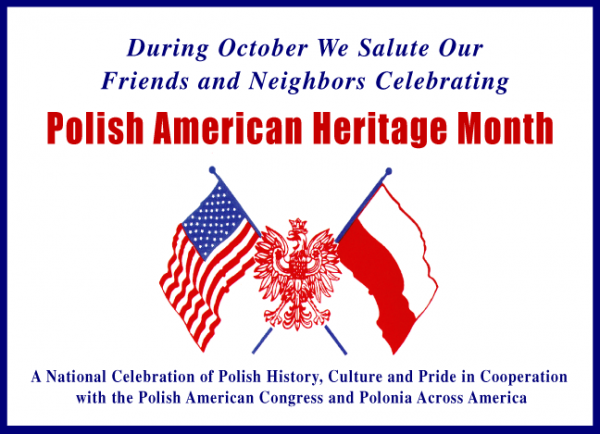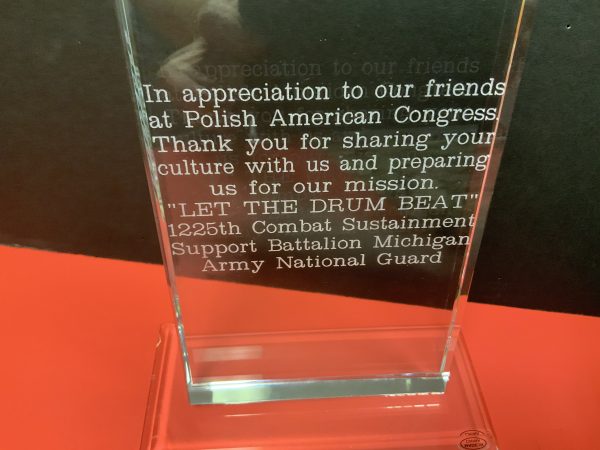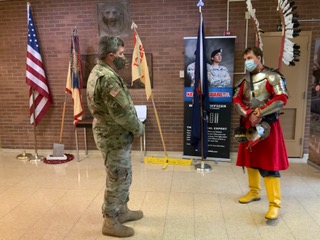

Enclosed is an invitation to this year’s Polish Constitution Day celebration, which will take place on Sunday May 2, 2021 at the Polish Sunday Mass at 1:00pm at the Archdiocesan Shrine of St. John Paul II on the campus of Orchard Lake Schools. A short program is planned at the end of mass. The year 2021 has been designated by the Polish government as the “Year of the Polish Constitution of 1791”. All of Polonia is warmly invited. Please mark your calendar.
Serdecznie zapraszamy!
Ann Bankowski, President















 The Polish American Congress (PAC) is a U.S. umbrella organization of Polish-Americans and Polish-American organizations. Its membership is composed of fraternal, educational, veterans, religious, cultural, social, business, and political organizations, as well as individuals.
The Polish American Congress (PAC) is a U.S. umbrella organization of Polish-Americans and Polish-American organizations. Its membership is composed of fraternal, educational, veterans, religious, cultural, social, business, and political organizations, as well as individuals.